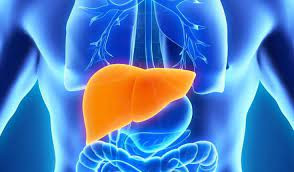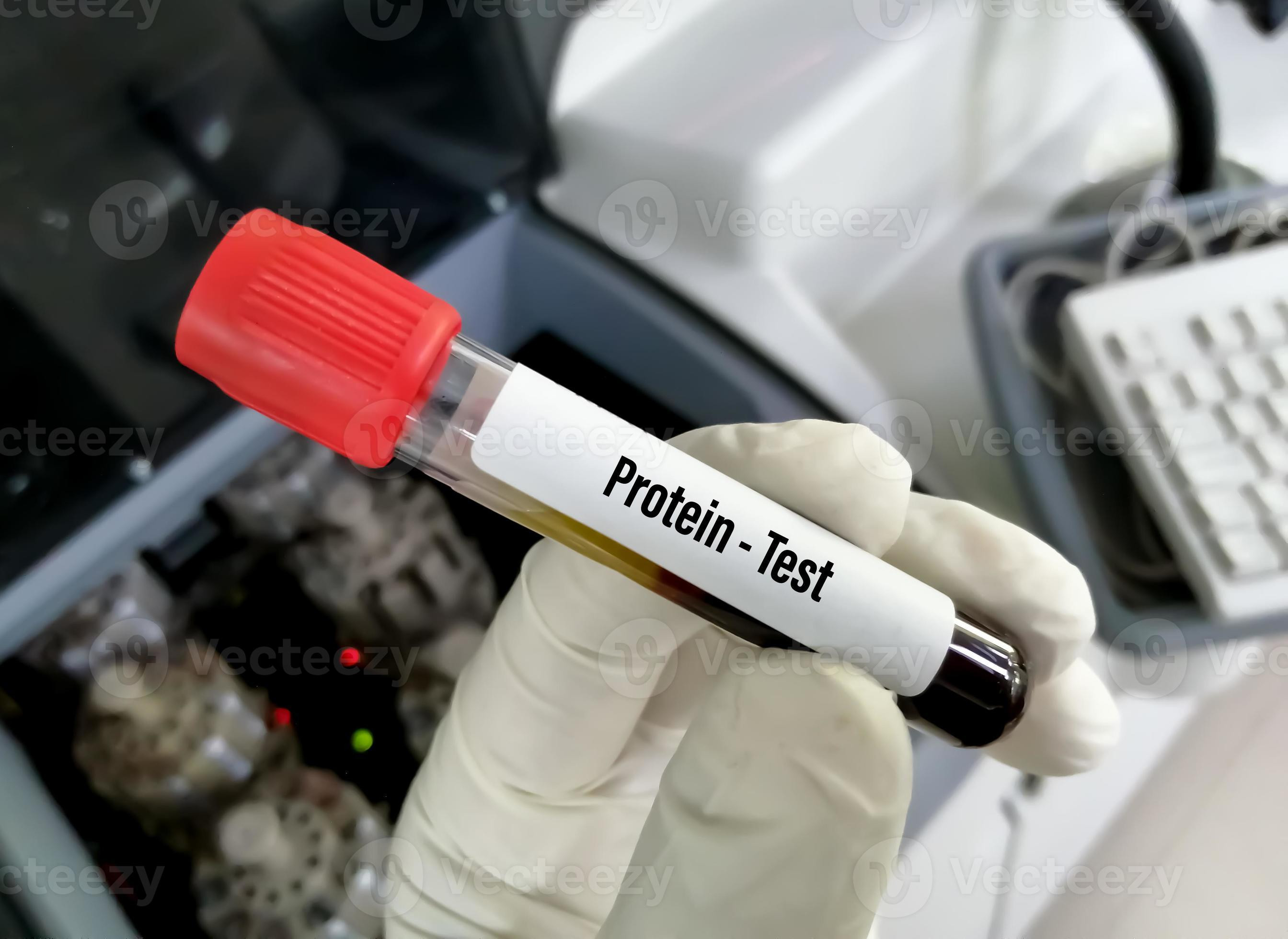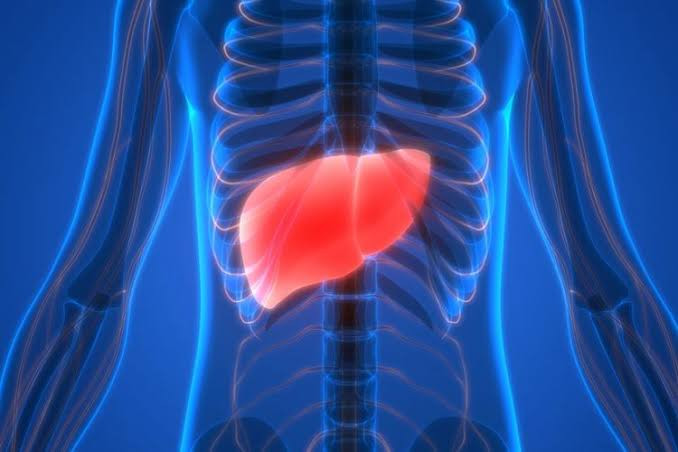Definition
The ALT test is a diagnostic procedure used to measure the level of ALT (Alanine Aminotransferase) in the blood. ALT, also known as SGPT (Serum Glutamic Pyruvic Transaminase), is an enzyme that plays an essential role in the metabolism of amino acids, which are the building blocks of proteins. ALT is primarily found in high concentrations in the liver. However, it can also be present in lower levels in other organs such as the heart, pancreas, kidneys, and muscle cells. ALT is usually present in the bloodstream at low levels.
When liver cells become damaged or compromised, the ALT enzyme is released from these cells and enters the bloodstream. This leads to an increase in ALT levels, which can be detected through a blood test. Elevated ALT levels above the normal range can indicate liver damage or disease.
The ALT test is typically ordered by a doctor if you are experiencing symptoms that may suggest liver dysfunction or damage. Additionally, the ALT test may be conducted even in the absence of specific symptoms if you are at a higher risk of liver disease or damage, for example:
-
A family history of liver disease
-
Frequent alcohol consumption
-
Obesity
-
Diabetes (diabetes mellitus)
-
Certain medications that may cause liver damage
The ALT test is commonly included in a liver function test panel and is generally performed alongside other tests such as AST (SGOT), ALP, and bilirubin to diagnose and monitor liver conditions. It may also be included as part of routine blood screening or check-ups.
Indication
The ALT test is typically performed in the following situations:
-
To help diagnose liver disease when clinical signs or symptoms are present
-
To monitor ALT levels in patients undergoing treatment for specific conditions
-
To assess the severity of liver disease
-
For screening during medical check-ups
Contraindication
There are no contraindications or conditions that would prevent someone from undergoing the ALT test.
Preparation Before the Test
No special preparation is required before the ALT test, and it can be performed without fasting. However, it is advisable to consult with your doctor before undergoing the test, as certain conditions may affect the accuracy of the results and prevent them from reflecting your true health status.
Test Procedure
The ALT test generally requires a blood serum sample of 0.25 to 0.5 ml. This blood sample is drawn from a vein and placed into a specialized collection tube. Laboratory staff will wear gloves and Personal Protective Equipment (PPE) while handling the sample.
Before collecting the blood, the healthcare provider will apply an elastic band to your arm to make the veins more visible. The area will then be cleaned with antiseptic gauze, typically in the crease of the elbow. After the blood is drawn and placed into the collection tube, the elastic band will be removed, and pressure will be applied to the puncture site to stop any bleeding. The entire procedure typically takes only a few minutes. The blood sample will then be analyzed using specialized equipment in the laboratory, and the results are typically available within a few hours.
Normal and Abnormal Values
The normal range of ALT values is differentiated based on age and gender. Below are the normal and abnormal value ranges for the ALT test results.
Adult Males
|
Value (IU/L) |
Interpretation |
|
<7 |
Low |
|
7 - 55 |
Normal |
|
>55 |
High |
Adult Females
|
Value (IU/L) |
Interpretation |
|
<7 |
Low |
|
7 - 45 |
Normal |
|
>43 |
High |
Children
|
Value (IU/L) |
Interpretation |
|
<4 |
Low |
|
4 - 36 |
Normal |
|
>36 |
High |
However, each laboratory may have slightly different value ranges due to variations in the tools or machines used for testing.
Results and Recommendations (Follow-up Tests)
Low ALT Results
If your ALT test results show low values, it is advisable to consult with a doctor, although low ALT values are rare. Medical conditions that may indicate low ALT levels include vitamin B6 deficiency or chronic kidney disease.
The doctor will likely recheck the ALT values to confirm whether they are truly low or conduct additional tests to ensure there are no significant underlying causes for the low ALT levels.
Normal ALT Results
If your ALT test results are within the normal range, it suggests that you are likely living a healthy lifestyle. It is important to continue maintaining this healthy lifestyle to prevent conditions that could result in elevated ALT levels.
High ALT Results
If your ALT test results show elevated values, it is crucial to consult a doctor. The doctor may recommend changes to your diet and lifestyle for better health or may initiate drug therapy to help reduce your ALT levels.
Some lifestyle changes to consider for a healthier lifestyle include:
-
Eating a balanced diet with proper nutrition
-
Getting adequate rest
-
Exercising for at least 15-30 minutes per day, 3-5 times per week
-
Avoiding alcohol and foods high in sugar
-
Stopping the use of medications purchased without a doctor’s supervision
Medical conditions that can cause a significant increase in ALT levels (typically 10 times the normal range) include liver damage or disorders, which may result from:
-
Hepatitis virus infections
-
Certain medications
-
Tumors or malignancies in the liver
-
Chronic liver disease
-
Excessive alcohol consumption
-
Cholestasis (disorders caused by a blockage in the bile ducts)
-
Heart conditions (e.g., heart attack or heart failure)
-
Kidney disorders
-
Muscle damage or disorders
-
Fatty liver disease
-
Liver cirrhosis (advanced liver disease characterized by scarring)
-
Mononucleosis infection
However, there are conditions that can cause a temporary increase in ALT values, such as high-intensity physical exercise, certain medications, or menstruation. Despite elevated ALT levels, you should avoid self-diagnosing and seek consultation with a doctor for a physical examination and further evaluation if you are experiencing symptoms.
Consult the Right Doctor
For abnormal ALT test results in adults, consult a general practitioner for further testing or to begin treatment for an appropriate diagnosis. You may also consult with an internist or a gastroenterologist specializing in hepatology to discuss your ALT concerns in more detail. For pediatric patients, ALT test results outside the normal range should be discussed with a pediatrician.
Looking for more information about laboratory, radiology, and other examination results? Click here!
- dr Hanifa Rahma
Medscape. Alanine aminotransferase. 2020 September. Available from: https://emedicine.medscape.com/article/2087247-overview
Mayo Clinic. Liver function tests. 2022 April. Available from: https://www.mayoclinic.org/tests-procedures/liver-function-tests/about/pac-20394595
Medline Plus. Alanine aminotransferase (ALT) blood test. 2022 April. Available from: https://medlineplus.gov/ency/article/003473.htm
Medline Plus. ALT blood test. 2020 July. Available from: https://medlineplus.gov/lab-tests/alt-blood-test/
Mayo Clinic Lab. Alanine aminotransferase serum. 2022 April. Available from: https://www.mayocliniclabs.com/test-catalog/Overview/8362
Cleveland Clinic. Aspartate transferase. 2021 November. Available from: https://my.clevelandclinic.org/health/diagnostics/22028-alanine-transaminase-alt












